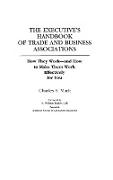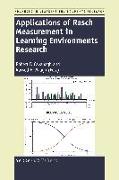The Executive's Handbook of Trade and Business Associations
BücherAngebote / Angebote:
This handbook is a comprehensive guide to the different types of business associations: multi-industry umbrella organizations, single-industry trade associations, professional societies, and chambers of commerce. It is written for senior corporate executives and public affairs officers who want to evaluate the effectiveness of trade and business associations to which their companies belong and to optimize the benefits of participation to achieve corporate objectives, especially in the fields of government relations and economic services. It is also intended for association executives concerned about corporate dues cutbacks who want to help their memberships increase the value of association memberships and to better understand the world of associations. Mack maintains that few firms undertake tost-benefit analyses of their association memberships or take the steps necessary to assure that these organizations meet the company's unique special needs as well as the common interests of the membership at large. He therefore focuses particular attention on techniques designed to help members evaluate and intensify their effectiveness and influence within each of their associations while strengthening the association at the same time. He also examines the environment of association operations: association resources and regulation, the inner workings of association management, and future changes.The book begins with a description of associations as interest groups and their growing importance in the formation of public policy. The author describes non-business interest groups, the types and characteristics of business associations, and the historic development of business organizations in Europe, Japan, and the U.S. In Part II, Mack focuses on techniques to evaluate associations and introduces the Effective Membership Process by which individual members can enhance their influence. The third section explains association resources including membership, finance, planning, and budgeting, governance and policymaking, regulation and taxation of associations, and the roles of the staff. Part IV analyzes the nature of national, international, and state and local associations, comparing their similarities and differences. Illustrative profiles of eight widely varying associations are included in this section. Finally, the book offers an analysis of the attitudes of corporate and individual members towards their associations. Based on the conclusions drawn from this analysis, the author sets down a concrete set of recommendations for strengthening the effectiveness of these organizations to meet the new challenges of the rapidly changing business environment and global economy. A detailed appendix describing how to start a new association completes the handbook.
Folgt in ca. 15 Arbeitstagen




